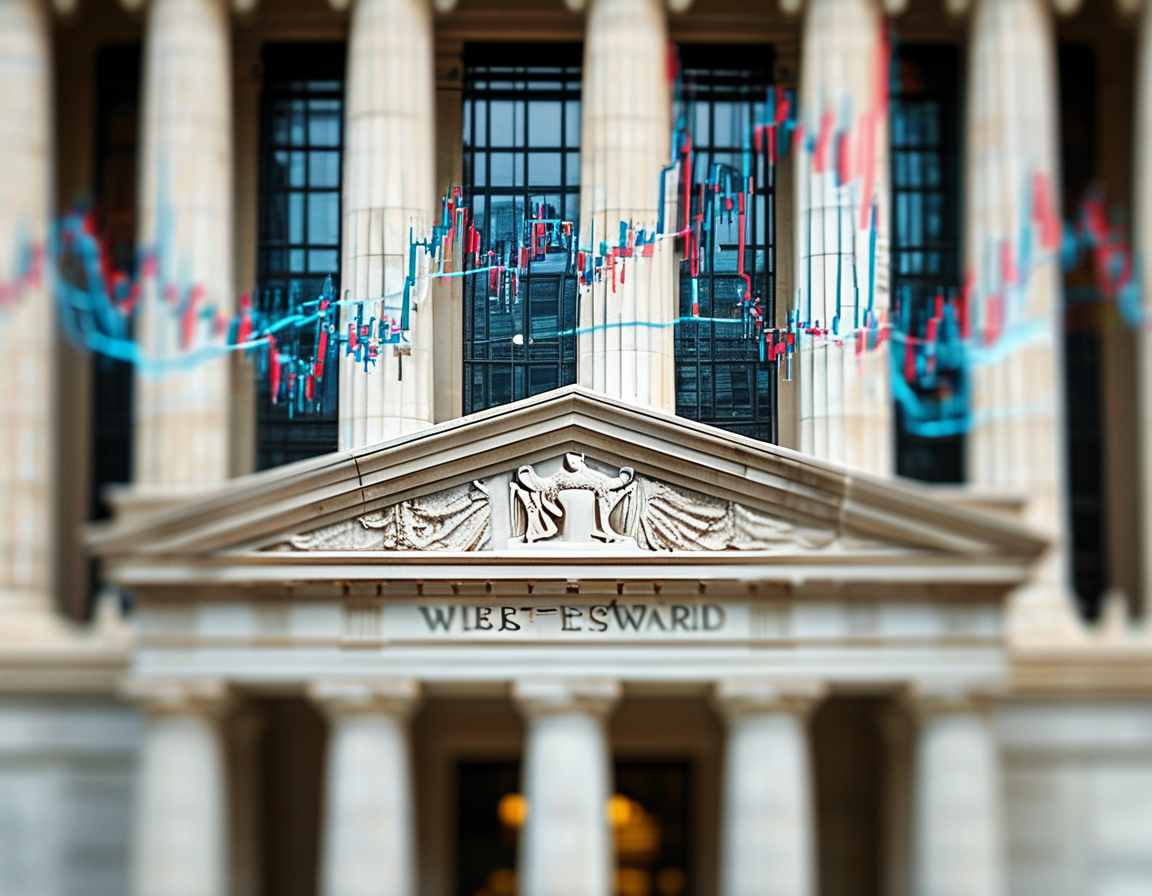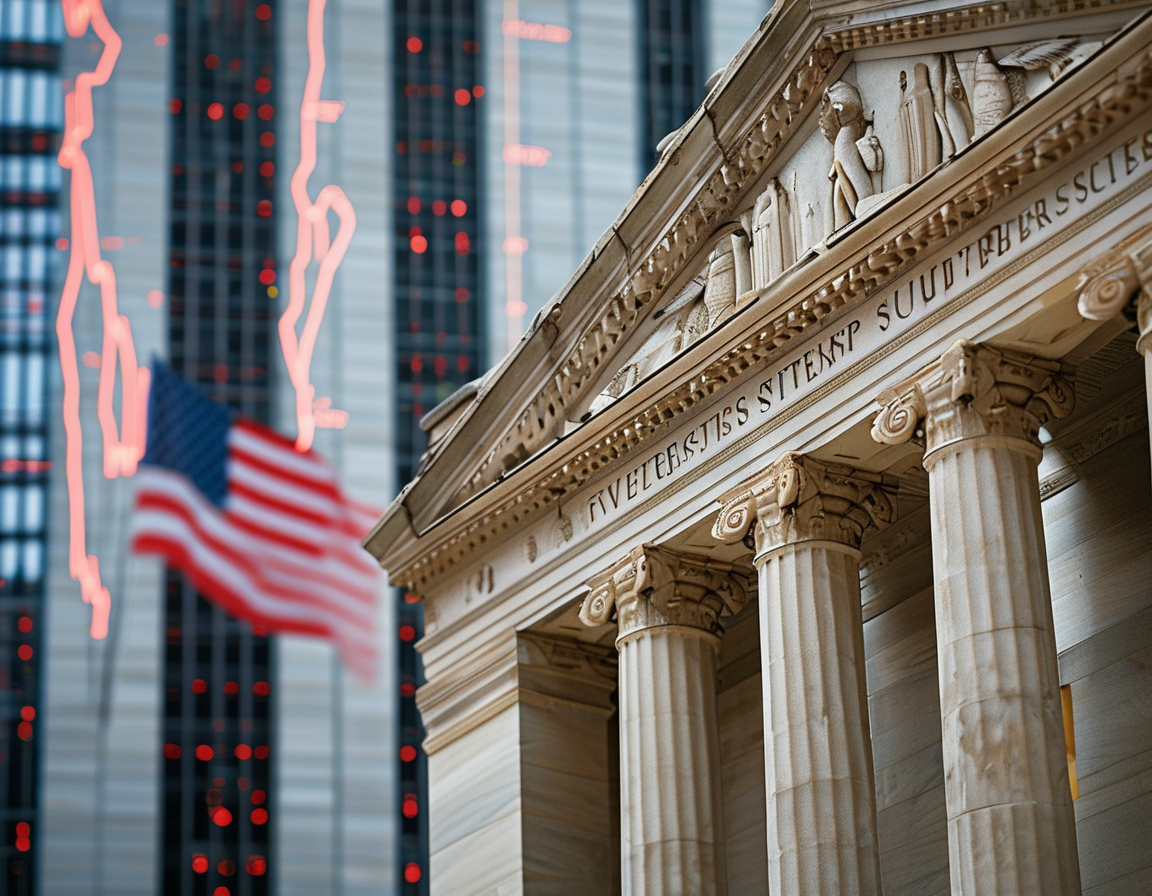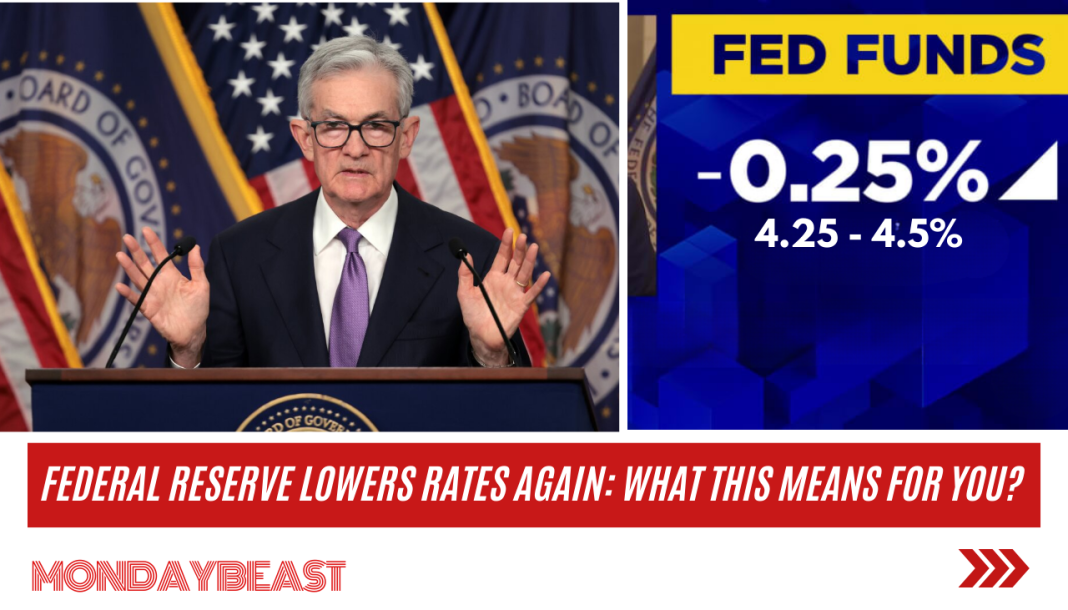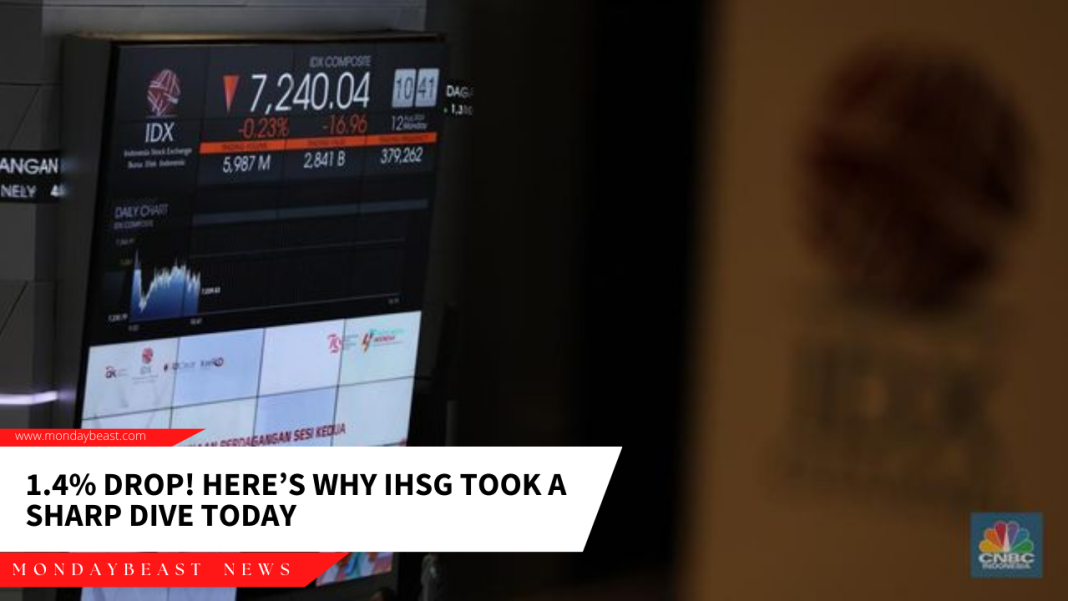The Federal Reserve has made headlines again. Interest rates have been cut once more as the central bank navigates a complicated economic landscape. But what does this really mean for everyday Americans?
On Wednesday, the Fed lowered its benchmark interest rate by a quarter of a percentage point. This decision brings rates down to between 4.25% and 4.5%. This reduction is notable. Borrowing money is now cheaper. Consumers looking for a new car loan or wanting to finance a business may feel relief in their pockets.

However, buyers should approach with caution. The Fed’s rate-setting committee indicated that future cuts may not come as quickly. On average, they expect only another half-point decrease by 2025. This is a shift from previous expectations of a full point reduction just a few months ago.
Fed Chairman Jerome Powell hit the nail on the head when he likened the current environment to navigating foggy roads. It’s a precarious situation. Decision-making is tedious and requires careful consideration, just like driving through a dimly lit room. Policymakers are aware that inflation remains a persistent foe. This caution is reflected in the recent stock market selloff after the Fed’s announcement.
The Dow Jones Industrial Average took a nosedive, slumping more than 1,100 points. This drop illustrates investor anxiety and the broader implications of the Fed’s decisions. So, what does this mean for the average individual who just wants stability in their financial choices?

While inflation has dipped from its peak in 2022, progress has been slow lately. November’s annual inflation rate stood at 2.7%. This figure is slightly higher than the previous month. Yet, inflation is a complex beast. It’s true that rent price growth is easing, but essential costs like groceries keep climbing. This frustration is palpable among average Americans and can shape their everyday lives.
Chris Waller, a Fed governor, has expressed his sentiment on this relentless inflation battle. He relates to the experience of an MMA fighter—always grappling with inflation that just won’t stay subdued. His analogy resonates with many. Each time we think we can catch a break at the grocery store, prices soar again.
Grocery prices are especially interesting to consider. Prices have risen by over 22% since President Biden took office. Meanwhile, wages increased by just 19%. Did these numbers sway voters in recent elections? It’s an interesting connection that underscores how intertwined these economic factors are.

Looking ahead, economists suggest caution regarding possible policies under a new Trump administration. His plans may create uncertainty or even lead to higher inflation. The Fed is understandably skittish about further cuts in interest rates. Given the current climate, they might feel the need to proceed slowly—what are the risks of acting hastily?
While the job market shines and GDP remains robust, particular sectors are struggling. Manufacturing and housing feel the pinch of high-interest rates, after all. Home sales are on a trajectory for the slowest year in thirty years. It’s hard not to feel for families dreaming of homeownership.
In light of all this, one has to wonder whether there’s a brighter path ahead. Could the Fed’s painstaking adjustments nurture an environment for long-term growth? Or will inflation remain a thorn in our sides? The coming years are sure to demand attention and action.
As consumers, we must keep our eyes on these trends. The implications of the Fed’s decisions impact everything from our loan approvals to everyday purchases. Engaging with these numbers empowers us, making us better equipped to make the best financial choices in an unpredictable world.
Let’s stay informed, stay engaged, and seek clarity in these times. After all, navigating our economic paths requires not just caution but also understanding.




